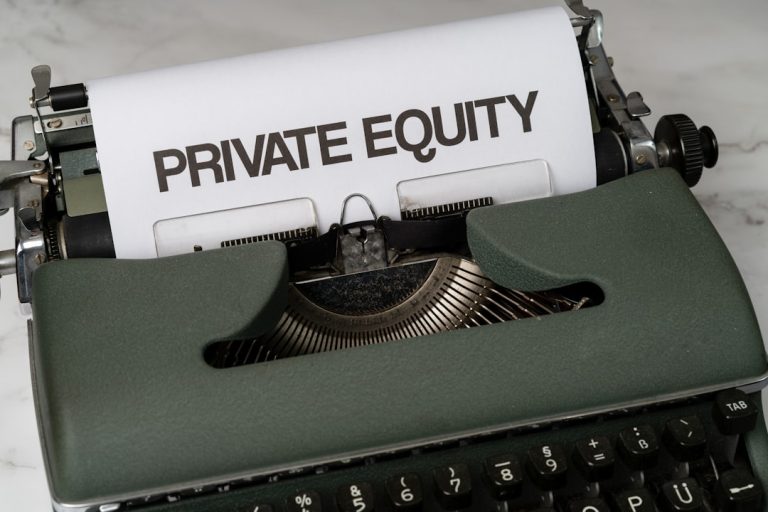Discover when the three-year rule for SEIS investments begins and how it impacts your startup funding strategy.
Introduction to SEIS and Its Importance
The Seed Enterprise Investment Scheme (SEIS) is a UK government initiative designed to encourage investors to support early-stage startups. By offering generous tax reliefs, SEIS makes investing in high-risk ventures more attractive, thereby boosting the availability of funding for innovative businesses. Understanding the SEIS three year rule is crucial for both investors and startups to maximize the benefits and ensure compliance with the scheme’s requirements.
What is the SEIS Three Year Rule?
The SEIS three year rule refers to the timeframe that defines when a SEIS investment begins its qualification period. This rule is pivotal as it determines the eligibility of the investment for SEIS tax reliefs and affects the long-term planning of both investors and startups.
Start Date of the Three-Year Period
The three-year period under SEIS starts from the date the company successfully completes its SEIS investment round. This date is critical because:
- Tax Relief Eligibility: Investors can claim SEIS tax reliefs based on the date the shares were issued.
- Operational Milestones: Startups need to achieve specific milestones within this period to maintain SEIS compliance.
Key Milestones Within the Three-Year Period
During the three-year rule period, startups must:
- Use Funds Appropriately: Ensure that the capital raised through SEIS is used for qualifying business activities.
- Maintain Qualifying Status: Avoid significant changes in business structure or operations that could disqualify the company from SEIS benefits.
- Report Progress: Regularly update investors and comply with any reporting requirements set by HM Revenue and Customs (HMRC).
Implications for Startup Funding Strategy
Understanding when the SEIS three-year rule starts is essential for crafting a robust funding strategy. Here’s how it impacts startups:
Planning Investment Rounds
Startups must align their funding rounds with the SEIS compliance period to ensure continuous eligibility for tax reliefs. This involves:
- Timing Future Fundraises: Scheduling subsequent investment rounds before the end of the initial three-year period.
- Securing Follow-On Investments: Planning for potential additional funding to support growth and operational needs.
Investor Relations and Communication
Transparent communication with investors about the three-year rule builds trust and ensures that all parties are aligned on expectations. Startups should:
- Educate Investors: Provide detailed information about SEIS benefits and the importance of the three-year period.
- Set Clear Goals: Outline how the investment will be utilized to achieve business objectives within the SEIS timeframe.
Long-Term Compliance and Growth
Adhering to the SEIS three-year rule promotes disciplined growth and operational efficiency. Startups should focus on:
- Sustainable Development: Investing funds in projects that drive long-term growth and innovation.
- Regulatory Compliance: Staying informed about SEIS regulations to avoid any compliance issues that could jeopardize tax reliefs.
How Oriel IPO Facilitates SEIS Investments
Oriel IPO plays a crucial role in simplifying the SEIS investment process for both startups and investors. Here’s how:
Commission-Free Funding
By eliminating commission fees, Oriel IPO ensures that more of the investment reaches the startups, enhancing their growth potential and making SEIS more attractive to investors.
Curated Investment Opportunities
Oriel IPO offers a handpicked selection of SEIS-eligible startups, ensuring that investors have access to high-potential ventures that meet the scheme’s requirements.
Comprehensive Educational Resources
The platform provides extensive resources, including guides and calculators, to help users understand the intricacies of the SEIS three-year rule and other related tax incentives. This education empowers both startups and investors to make informed decisions.
Community Support
Oriel IPO fosters a supportive community where entrepreneurs can connect with angel investors, share knowledge, and receive guidance on navigating the SEIS framework effectively.
Conclusion
The SEIS three year rule is a fundamental aspect of SEIS investments that shapes the funding strategy and operational planning of startups. By understanding when this period starts and its implications, both investors and entrepreneurs can optimize their involvement in the SEIS ecosystem. Platforms like Oriel IPO further streamline this process by offering commission-free, curated investment opportunities and valuable educational resources, making it easier to leverage SEIS benefits effectively.
Ready to take advantage of SEIS investment opportunities? Visit Oriel IPO today and connect with the right investors to fuel your startup’s growth!



